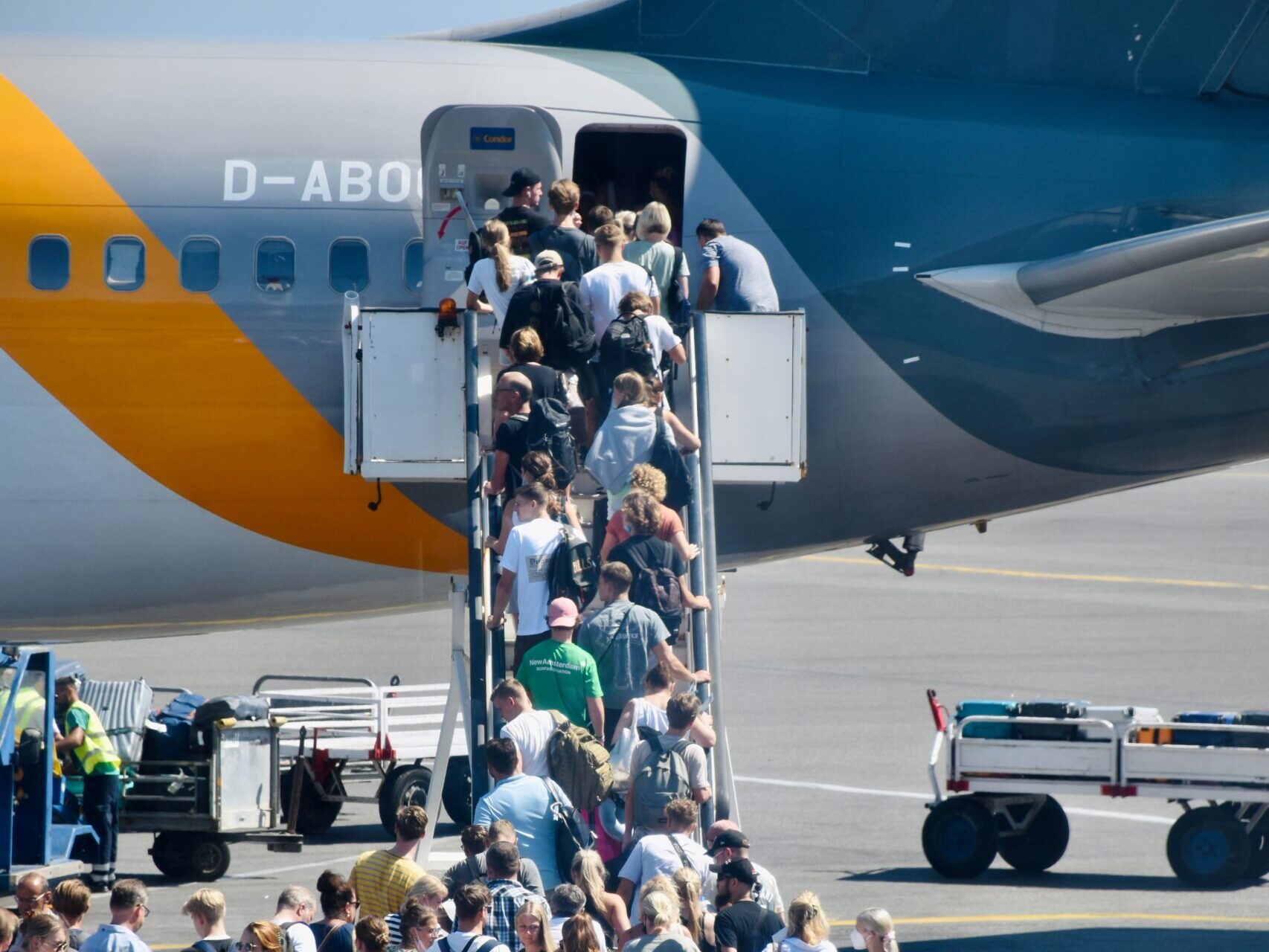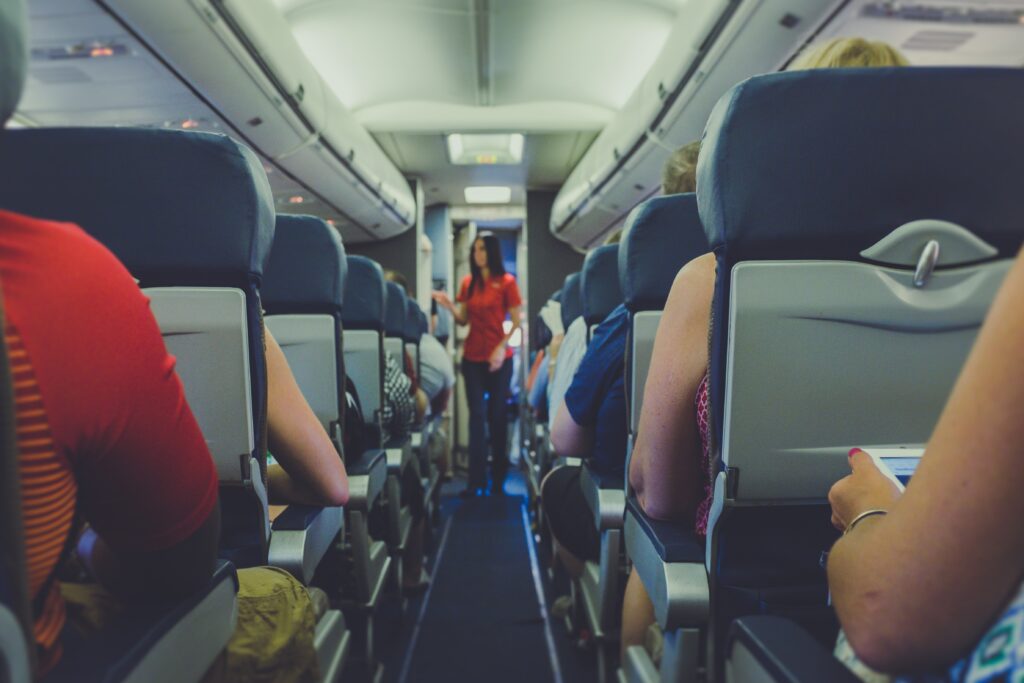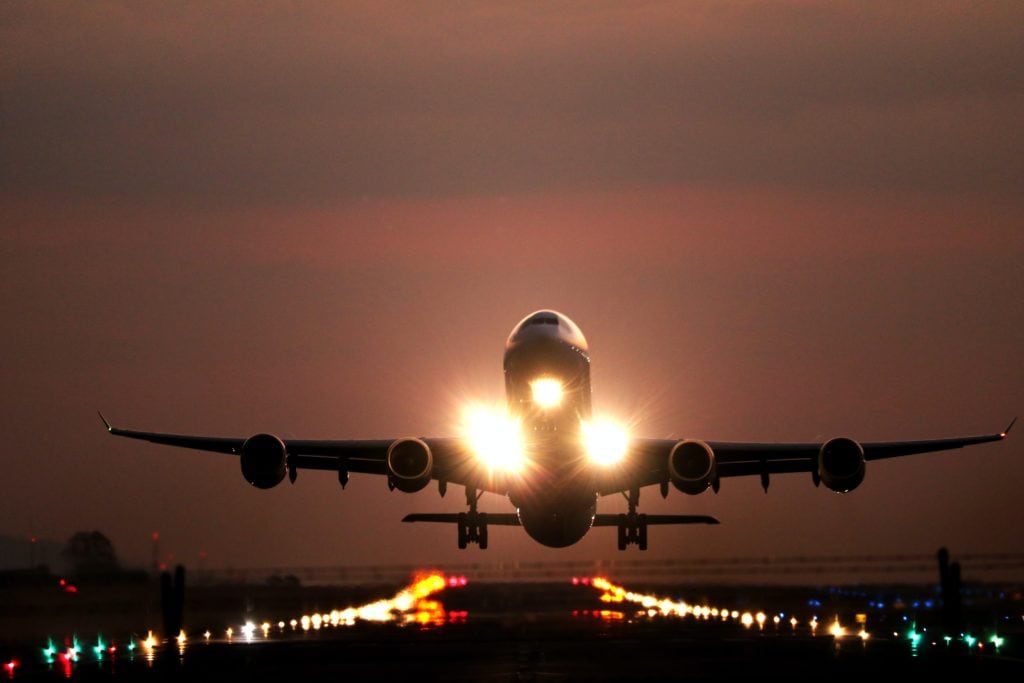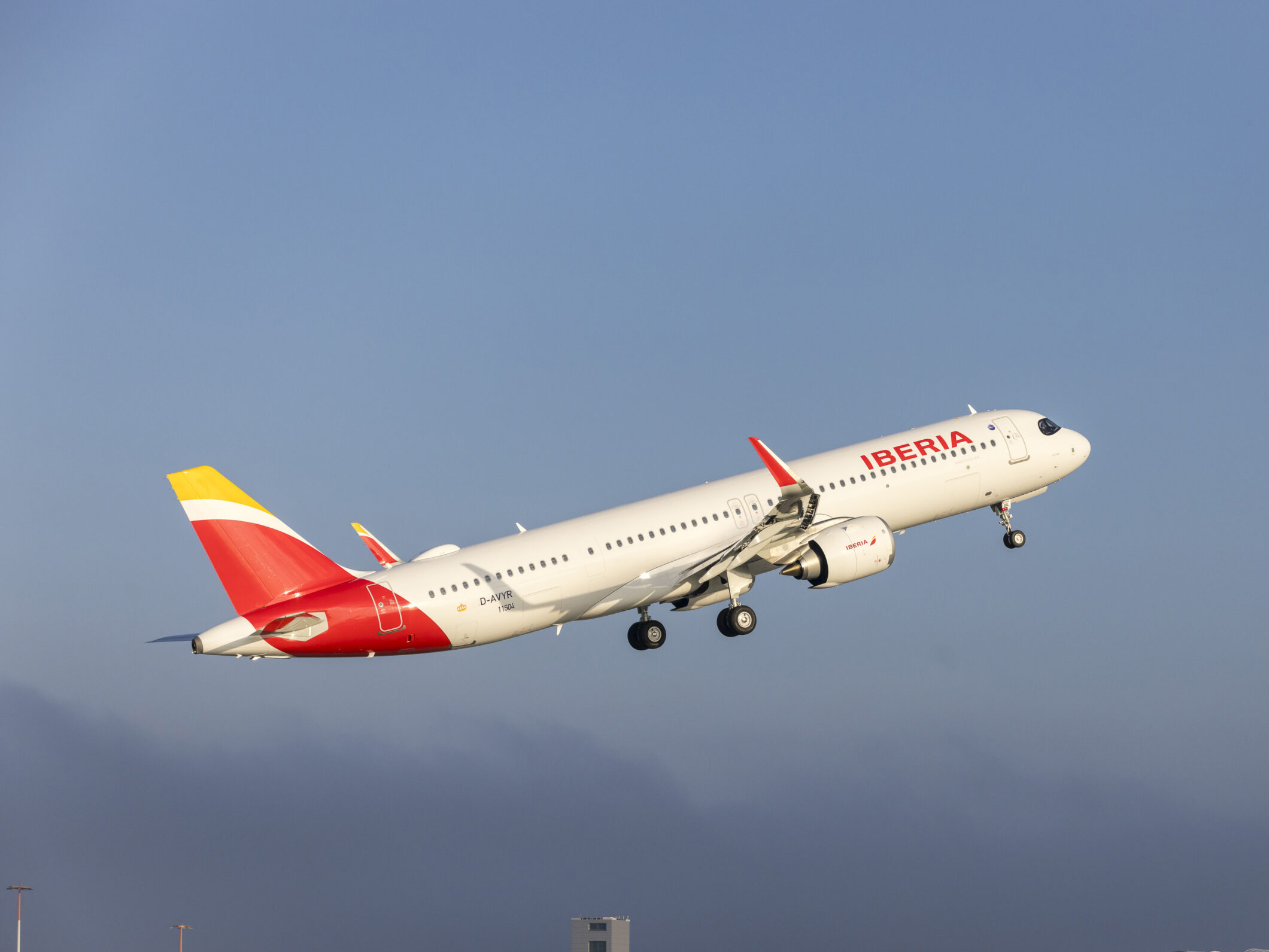IATA Forecasts $964bn in Airline Revenue, But Profits Face Challenges
While growth is expected to continue next year, the post-pandemic recovery may be leveling out
by Lauren Smith
December 11, 2023

Photo: Courtesy of Arno Senoner / Unsplash
According to the International Air Transport Association (IATA), airlines are expected to generate $964 billion in revenue next year, with an estimated 4.7 billion passengers taking flights.
Although this is record-breaking revenue for airlines, profits are expected to remain relatively stable from 2023 onwards due to high interest rates that will reduce margins and cause a plateauing post-pandemic recovery.
Top Demand in 2024
IATA also predicts that the airline industry’s strong performance in 2023 will continue in 2024. This year, airline revenues are expected to reach $896 billion, which is 11.5% higher than the trade association projected in June.
Bolstered by strong demand, net profits across 2023 are expected to rise to $23.3 billion, returning the sector to profitability for the first time since before the pandemic in 2019.

Photo: Courtesy of Kenny Eliason / Unsplash
The travel industry has recently experienced a significant boost, contributing a whopping $642 billion to airline revenues this year. Passenger numbers are expected to increase to 4.7 billion in the coming year, surpassing the previous peak of 4.5 billion travelers recorded in 2019.
Thanks to the high demand and more efficient management of seating capacity, airplanes are expected to take off with fewer empty seats. As a result, the average passenger load factors are predicted to hit 82.6%, the same level recorded in 2019.
Airlines will post net profits of $25.7 billion next year, a “tribute to aviation’s resilience,” said IATA Director General Willie Walsh. “People love to travel, and that has helped airlines come roaring back to pre-pandemic levels of connectivity,” he added.
However, that impressive figure is roughly level with 2023’s profit and reflects a profit margin of 2.7%, flat with 2023’s 2.6% margin.
Margins remain thin
Airlines in North America will continue to lead the pack. The first to return to profitability in 2022, they’re expected to rake in $14.4 billion in net profit, with a profit margin of 4%.
But again, both figures are flat compared to 2024, and the IATA cautions that the supercharged growth the industry has seen as it emerged from the pandemic may be cooling off.
While revenue passenger kilometers will increase by 9.8% year on year, more than double the pre-pandemic growth rate, “2024 is expected to mark the end of the dramatic year-on-year increases that have been characteristic of the recovery in 2021-2023,” IATA said in its report.

Photo: Willie Walsh, Director General, IATA, at Global Media Day in Geneva. Courtesy of IATA
Walsh added that profit margins remain thin. “Industry profits must be put into proper perspective,” he said. “On average, airlines will retain just $5.45 for every passenger carried. That’s about enough to buy a basic grande latte at a London Starbucks.”
“It is far too little to build a future that is resilient to shocks for a critical global industry on which 3.5% of GDP depends and from which 3.05 million people directly earn their livelihoods,” he said.
Vulnerabilities remain strong
In 2024, those difficulties will come in the form of high interest rates, which have pushed the cost of capital to 4.4% higher than airlines’ net profitability.

Photo: Courtesy of Josue Isai Ramos Figueroa / Unsplash
Carriers also remain vulnerable to increases in oil prices, driven by the ongoing wars between Russia and Ukraine and Israel and Palestine. Airlines are expected to spend $281 billion on fuel in 2024, or nearly a third (31%) of their operating costs.
Passengers can expect to cover these higher fuel costs with their fares. However, what Walsh described as “ferocious competition” between airlines will continue to keep tickets affordable and below pre-pandemic rates.
The average return airfare cost $254 in 2023, 20% lower than the $315 average seen in 2019.




